SÃO JORGE, 30/5/22 – 1/6/22
Long and thin, dramatic as it can get, renowned for its local cheese, São Jorge is an island in the central group of the Azores and, along with Pico and Faial, part of “the triangle”.
Colour: “brown island” because of the rocky stretch of seaside cliffs and the fajãs (plains on coastal level created by lava flows and volcanic debris)
first impression: DRAMATIC, I remember getting off the tiny plane that flew me there from Terceira and being literally blown away by a relentless wind and rain that seemed to came from every direction. As I drove to Velas I suddenly, and very unexpectedly saw these two massive cliffs immersed in the mist which completely took my breath away. I immediately was brought back to the Snæfellsnes peninsula on the western coast of Iceland. So basically, despite the tricky and unfriendly weather, I was extremely excited to spend some time here, and grateful to have eventually decided to include it in my tour.
days spent: 3
days recommended: 2 or 3, depending on the weather (as usual)
how to go around: absolutely with a car. I wouldn’t recommend a scooter there and definitely not on public transports. Now that I think about it I don’t think I saw any in three days. The reason why I would avoid scooters is that the weather here was VERY extreme (as I got the car I literally drove through the thickest fog with visibility close to zero for a good one hour) and the roads are narrow, often unpaved and full of hairpin bends.
Very naive of me, I didn’t make a reservation for the car. I went straight to the car rental offices at the airport just to be told that there was zero availability. I called every office around the island, and, luckily, after some time, I found a car which was brand new and, at that stage, hadn’t been rented out just yet. That literally saved my ass. It wasn’t cheap: 65 euro a day. For the first time since mine and Isa’s car got destroyed by a violent hail storm in Belgium in 2014, I opted not to get a full casco insurance (the price would have been 90euro/day), which added an extra amount of stress.
Weather: basically as dramatic as the landscape. Normally foggy and cold on the central strip, at higher altitude, of the island, sunny and warmer on the fajãs, which are located at sea level. I went from being soaking wet and freeze in a full on Autumn-day London outfit to dripping sweat in a tank top. As usual, layer up, and be ready for every eventuality.
luck factor: that’s a tricky one because the weather as I arrived was amongst the worse I witnessed in the Azores, but, on the other hand, as I left, it was probably the most astounding. I think, considering the fact that I still found a car, and that I stayed in the most magical accommodation of my whole trip (a rustic yet super cozy surfers camp in the straight out of time fajã da Caldeira do Santo Cristo), I’d give it a 7/10.
what to do:
- Velas. the fairly undermining main town and harbour in São Jorge is nowhere as charming as Angra do Heroismo in Terceira. Blame it on the grey windy weather that “greeted” me there or simply on the scarce amount of quintessential Azores views (with the exception of a few alleys and houses which show Velas fishing heritage), it’s more the kind of place where to stroll around shortly before boarding the ferry to another island than a proper must see. I took a 30 min walk around here, refused to stop by at a local restaurant that my guide recommended for how shabby and miserable it looked, got some supplies in a bunker-looking, windowless supermarket, and decided to move on ASAP.
- Fajã dos Cubres. After driving through thick fog for what felt like an eternity, I left the main road on the mountainous central part of the island and took a side road east which, after a series of downhill hairpin bends worth of the place where I’m from in the Alps, led me to a lower altitude. There, finally, the fog dissolved enough to allow me to take in the awesome view on my first fajã. I remember thinking “here I found my Faroe Islands!” and despite the horrible weather and the lukewarm first impression on Velas, I immediately felt more optimistic. I parked my car in Fajã dos Cumbres and, seeing how bad rain was pouring down, arranged a quad ride on the narrow unpaved coastal path that leads to Fajã da Caldeira do Santo Cristo, which I reached completely covered in mud.
- Fajã da Caldeira do Santo Cristo. A little piece of heaven on Earth. I wouldn’t know any other way to define it. Isolated, peaceful, slow-paced, green lush mountains behind your back, the raging ocean right in front of your eyes, imposing cliffs on both sides, the fajã hosts a little village of scattered houses made of volcanic stones, small mule tracks bordered by black walls and endemic plants. Between one cottage and another are small pastures where cows, goats and donkeys live a life that would make some people envious. Somehow it feels like the time has stopped here. And that can easily be explained since there are no paved streets leading here, only hike trails on both sides of the fajã.
- hiking. the island offers several options for trekking. As I arrived in Fajã da Caldeira do Santo Cristo, I waited for the rain to calm down, wore my raincoat and, headphones in my ears, left for a hike on the coastal path leading to the highest point on the island, Serra do Topo. I couldn’t make it to the final destination because the weather got really windy again (I came across a landslide and a couple of wind uprooted plants blocking the path), however, I very much enjoyed the cliffs and ocean moody views, getting lost in the forest and admiring the variety of flora, stumbling upon a waterfall and generally slowing down and getting lost in my thoughts while listening to Taylor Swift’s “folklore” and “evermore”. On the opposite side, the one-hour long hike connecting Fajã dos Cubres to Fajã da Caldeira do Santo Cristo, which I had to walk back and forth two or three times considering my accommodation in the latter, despite being less off-the-beaten-track still gifted me with some breathtaking views on the fajãs and served as a perfect safe space for short introspective journeys.
- driving to Ponta do Topo. a road heading to the southernmost point on São Jorge, which zigzags mountain passes immersed in mist, sunny green pastures populated by myriads of cows, small picture-postcard villages and that, looking south, gives you a view of the ever-present silhouette of the peak of Mount Pico, emerging from the clouds. The end destination is home to a suggestive lighthouse that could easily feature in a Wes Anderson movie.
- Fajã dos Vimes. nowhere as impressive as the fajãs on the northern coast of the island, famous for hosting the only coffee plantation in Europe. I stopped over Café Nunes, run by the same family that owns the petite plantation, for an espresso and went for a quick stroll around the deserted town. I didn’t really vibe with this place, maybe because of the lack of people around or for how heavy my thoughts got.
- Fajã do Ouvidor. after the partial flop of Fajã dos Vimes, I cut across the island and headed towards Ouvidor. This time around, the view on the fajã alone was enough to lift my spirits. Once again, once I made it in town, I barely came across any humans, which seemed to have become a constant on this island. However, there was something so calming about watching the waves violently crashing on the harbour or on the two landmark sharp rocks jutting out of the ocean within spitting distance to the mainland. The splashes of the waves made sure I would not notice how much the sun burnt my skin.
- Poça Simão Dias. right at the end of Fajã do Ouvidor starts a little neglected trail towards volcanic rocks, inhabited by little crabs and nesting seabirds, which leads to a marvellous secluded natural swimming hole. I had to come to terms with the fact that, no, there was no way I could dive into the water myself, since the current seemed to be way too powerful and being dragged in the open sea didn’t appear to be such a remote possibility. As far as I’m a good swimmer, it simply felt inconsiderate since nobody knew where I was and I was there on my own. Nevertheless I loved the vibe there, no matter how unkept the place was. It felt like wilderness was trying to redeem itself and it brought me back to San Cristobal, in the Galapagos, on the cliffs where I witnessed blue-footed boobies nesting. I climbed onto the highest cliff, face towards the ocean, back to the swimming hole, I closed my eyes and breathed in and out slowly trying to push away the thoughts of how much I wished not to experience all of this alone.
- Urzelina / Calheta. two minor towns and harbours on the southern coast of the island. Not necessarily mind-blowing, but slow paced and possibly good compromises to get yourself a bite (I stopped by the locals-run Restaurante Castelinho Blue Star for a Portuguese garlicky and very oily traditional steak with a fried egg on top).
- Ponta dos Rosais natural monument. some places bring the strongest and most unexpected epiphanies. Already as I drove on the scenic dirt road to the north-westernmost point of São Jorge something switched inside of me: I felt powerful, independent, in the moment and deeply connected to all the beauty around me and, trust me, it was A LOT. As I made it to the viewpoint the landscape stretched as far as my gaze could get: immense and soothing on one end, as far as the pastures and fields went, mysterious on the other, where the view of an abandoned lighthouse made me wonder what laid right behind it. Pushed by this curiosity I ignored the signs that forbid intrusion and climbed across the walls bordering the abandoned lighthouse and made my way through a thick wood of dry bushes. Suddenly I found myself on the crumbling edge of a ravine, very likely the reason beyond those warning signs. The view in front of my eyes was probably the best to date on the Azores: a set of humongous cliffs and rocks jutting dramatically out of the water and the ocean stretching to the horizon. A show that I lingered on for a long while and that made me feel extremely grateful to have ventured out of my comfort zone. Funny how I felt drawn to that place.
- Reserva Forestal de Rrecreio das Sete Fontes. on a trend very similar to the one of the ducks lake in Terceira, São Jorge brags an improved version of the latter. More flora and fauna, a slightly jurassic feeling, completely dimmed in silence and humidity. Worth checking out.
What I missed:
- São Jorge Union of Agricultural and Dairy cooperative where you can observe the process behind the production of the most renowned cheese in the Azores. Tours are only on Tuesday and Thursday and you need to make a reservation.
- most of the restaurants recommended by my guide like the traditional O Borges in Fajã da Caldeira do Santo Cristo.
personal highlights: the breathtaking views, the peace and sense of being somewhere out of time, my hikes from and to the fajãs, lodging in a surfer’s camp and falling asleep in the candlelight rocked by the sound of the waves as a girl improvised melodies on her acoustic guitar.
Feeling as I left: São Jorge was the first place where I actually felt very lonely and had to question my choice to travel alone. A feeling I never had in my previous solo trips. I found myself forced to deal with my thoughts, to embrace some, no matter how painful and unpleasant they were, and to push away those I was not ready yet to deal with. Forced solitude had also its very empowering moments, made me feel extremely close to nature and enjoy some little things that normally I would overlook.
So, ultimately, my mood switched from “holiday vibe” that I had in Terceira to “shit, there is a lot of work to be done, and maybe this place will provide me with some necessary tools”.
Canon EOS 300, Kodak Gold 200 (35)
Miranda Sensomat RE, Kodak Portra 400 (35)

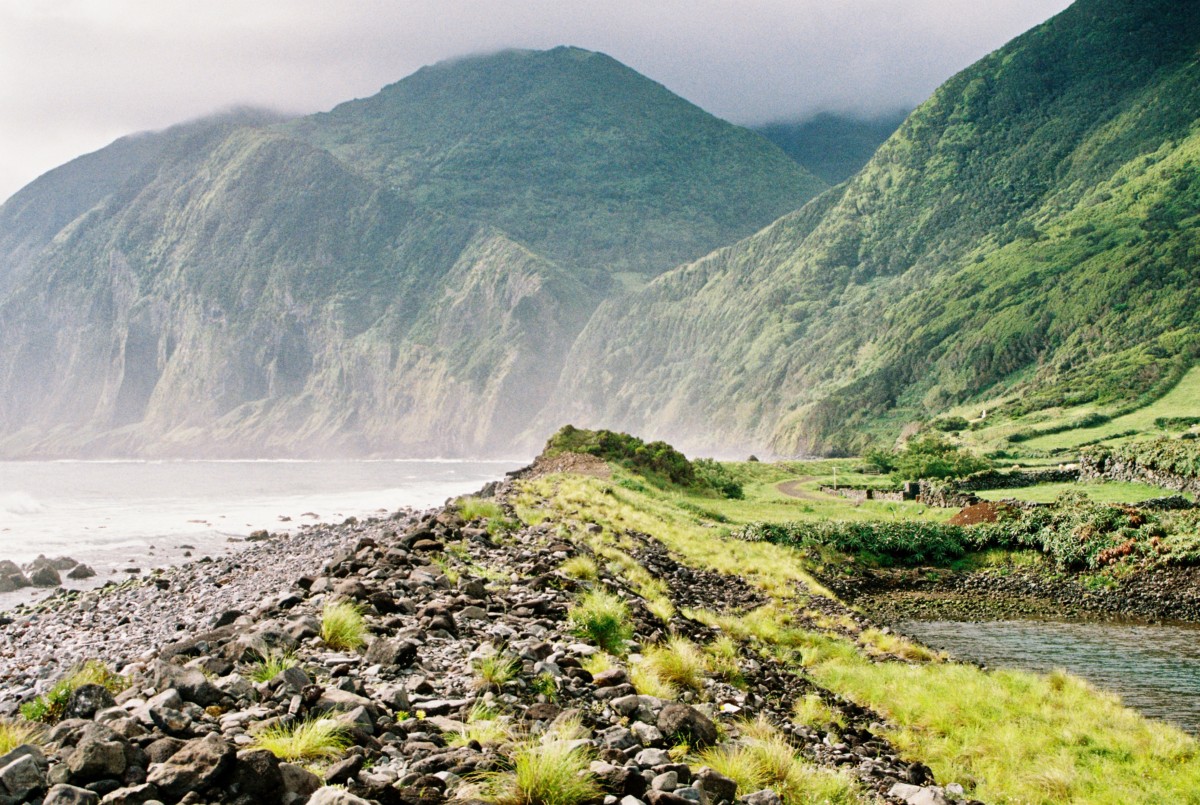
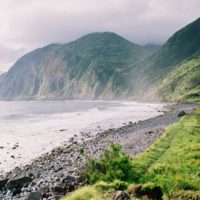
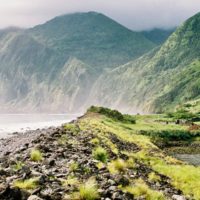
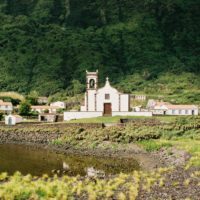


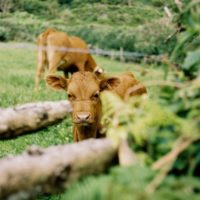
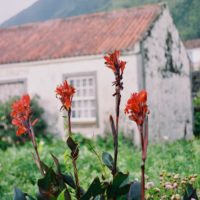
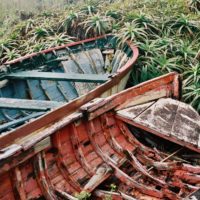
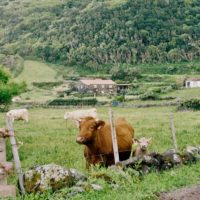
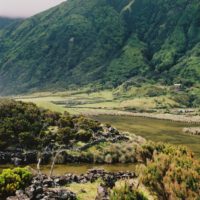
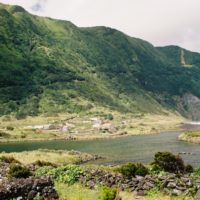

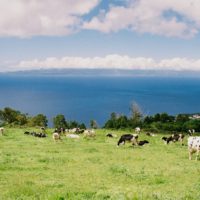



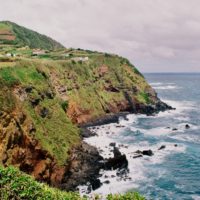


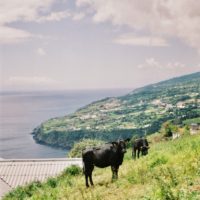
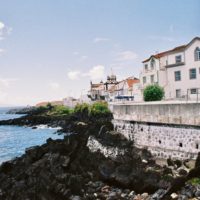
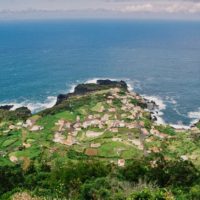
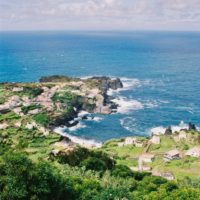





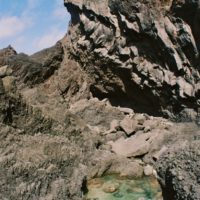


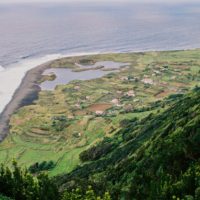



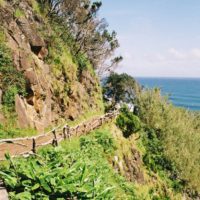
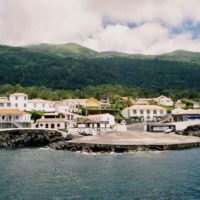
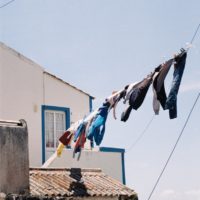
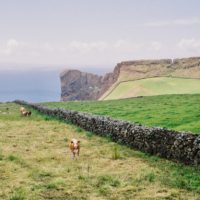
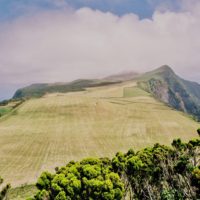
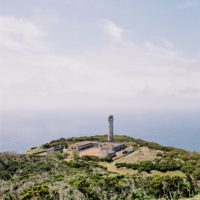
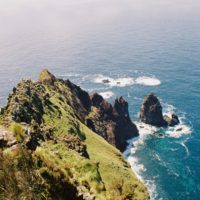
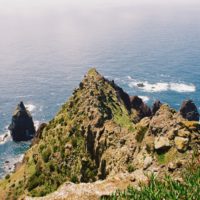

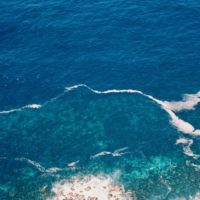
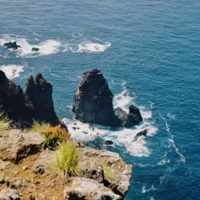

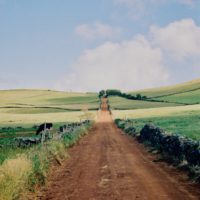

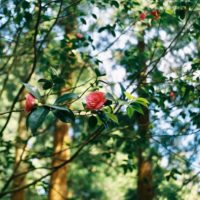
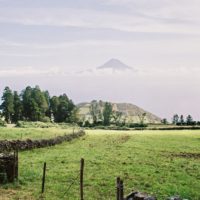
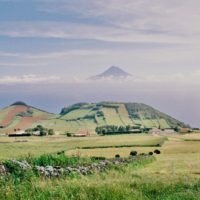

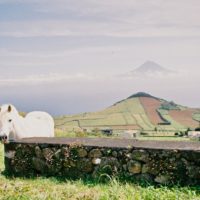


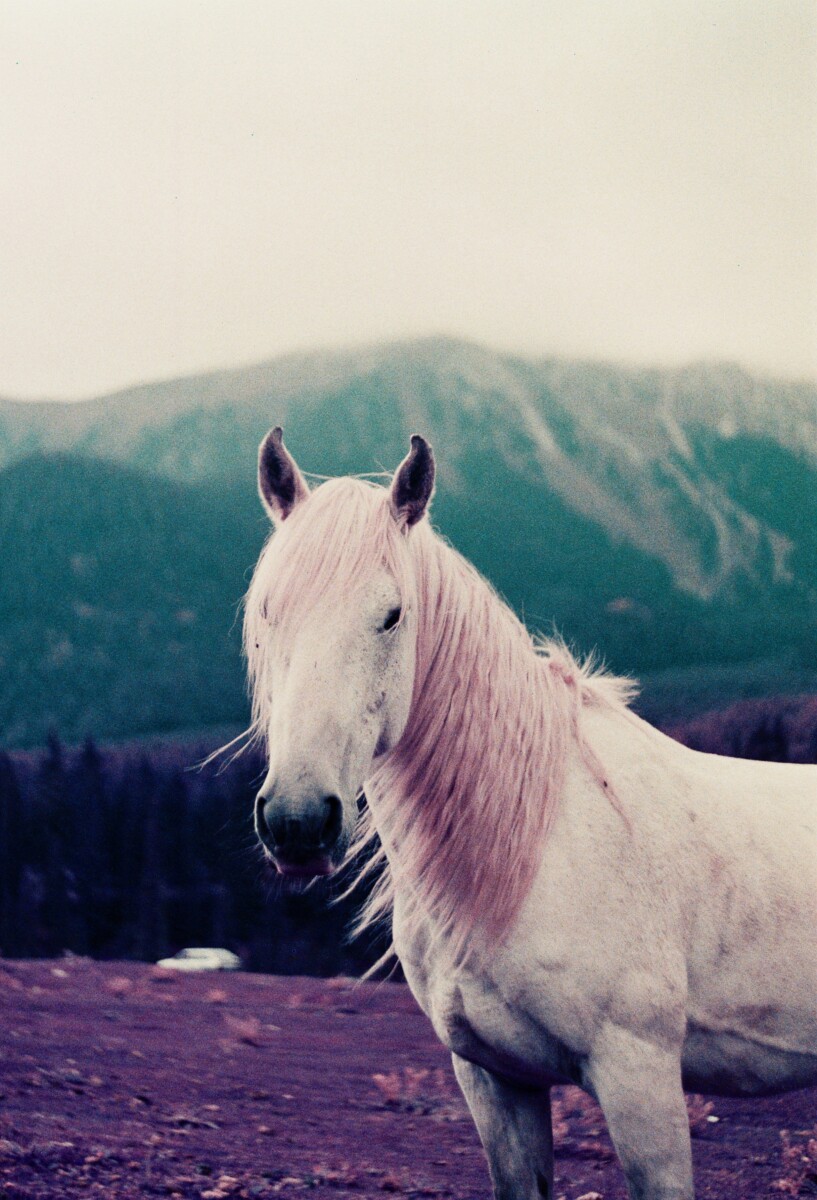
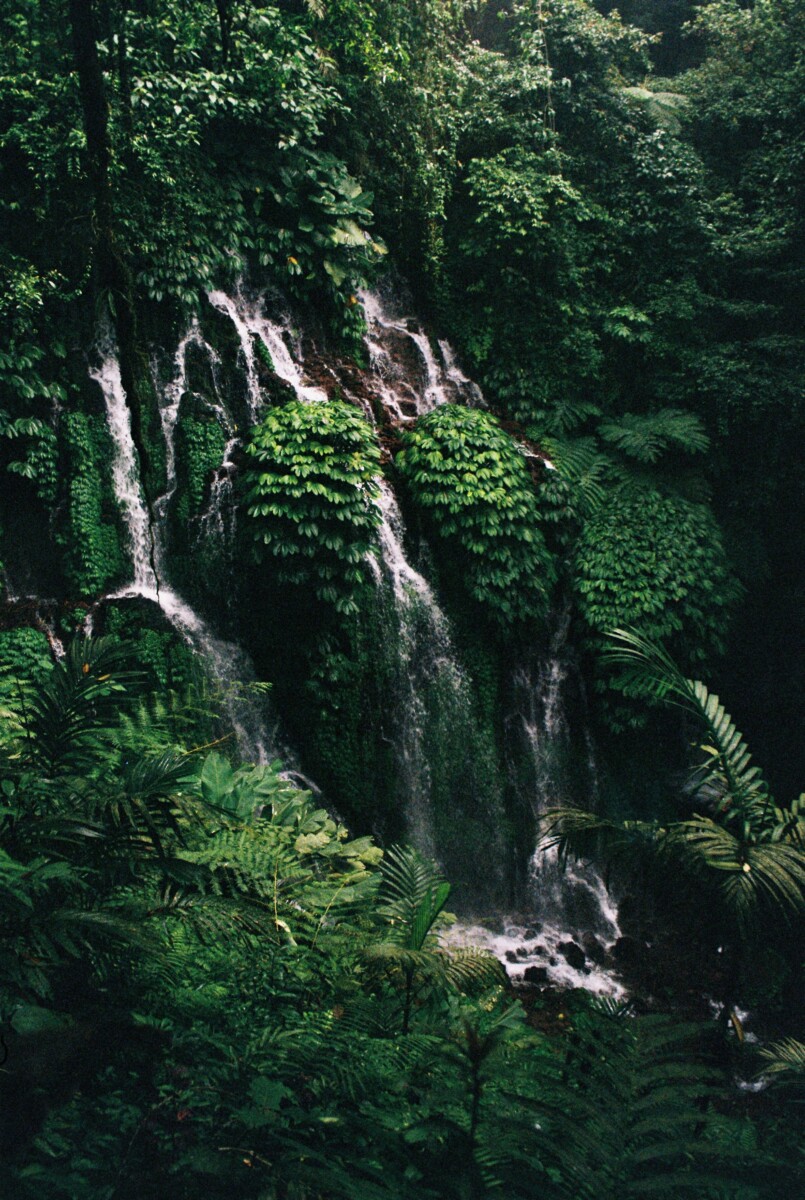
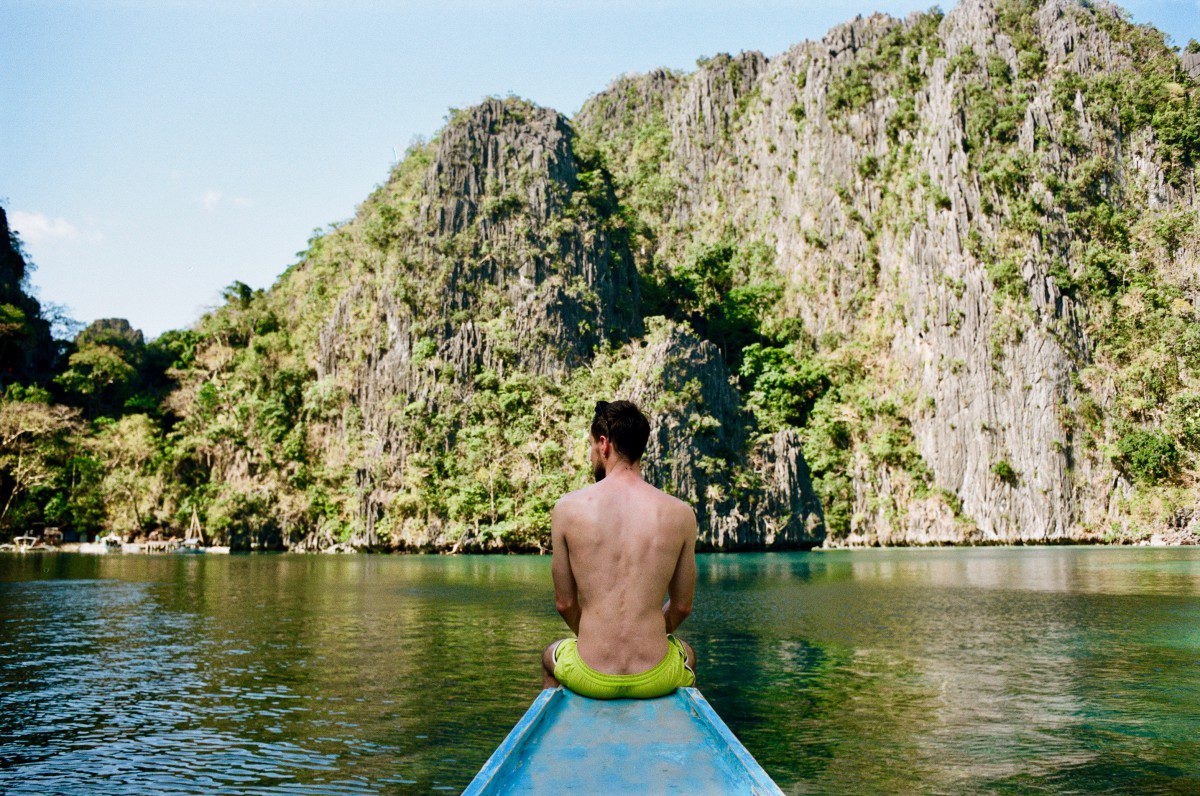
Leave a Reply